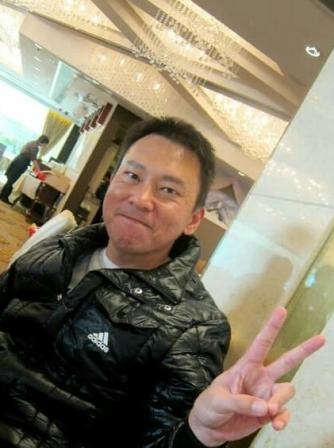President Xi Jinping delivered an Open Letter to Taiwan 2019 on the 2nd January in Beijing to commemorate the 40th anniversary of issuing Open Letter to Taiwan 1979. Open Letter to Taiwan 1979 was the first time the PRC ended calls for the liberation of Taiwan by force, and offered for peaceful unification and suggested Taiwanese to contribute to mainland China’s industrialization.
In his speech, Xi called on Beijing and Taipei to start talks on unification and adoption of One Country Two Systems (OCTS) in Taiwan. “The political division across the strait cannot be passed on from generation to generation,” he said. Xi proposed that the mainland and Taiwan conduct democratic consultation on cross-Straits relations and the future of the nation, and establish an institutional arrangement for the peaceful development of cross-Straits relations. Political parties and all sectors on both sides of the Straits may recommend representatives to conduct extensive and in-depth democratic consultation on the basis of the common political foundation of upholding the 1992 Consensus and opposing “Taiwan independence”. He said,
Chinese people will not fight Chinese people
Taiwanese President Tsai Ing-wen from Democratic Progressive Party (DPP), however, rejected Xi’s claim that the OCTS model was the way to resolve cross-strait conflicts. “I must reiterate here that Taiwan will never accept One Country Two Systems, and the majority opinion in Taiwan is also against it,” she said just hours after Xi’s speech. Ma Ying-jeou, the former President from Kuomintang (KMT), rejected the notion that acknowledging the “1992 consensus” equates to embracing the OCTS, saying that the KMT’s definition has always been a stop-gap prior to unification. KMT, the political party responsible for the 1992 Consensus made a formal response, saying that KMT firmly opposes Taiwan independence and upholds the 1992 Consensus. However, “The plan of “One Country Two Systems for Taiwan” proposed by Xi was not the content of the “1992 Consensus.” The two sides of the Strait are currently in a situation of “divided rule.” Therefore, at the current stage, it may be hard for One Country Two Systems to win support from majority public opinion in Taiwan.”
As we can see, both DPP and KMT have failed to take on Xi’s proposal. They believe that the majority of the Taiwanese people are against the idea of OCTS. Therefore, taking up the proposal would hurt their prospect for the upcoming 2020 Presidential and Legislative elections. In addition, political analysts from the island think that Xi’s speech is going to help Tsai’s re-election and she is, indeed, enjoying a slight recovery of approval rating after the major setback during the City and County elections in November 2018. And KMT’s chances of a comeback, after losing the 2016 Presidential election would suffer from such an announcement. Such thoughts are still prevalent amongst political analysts and talking heads on the island, but recent events have reflected a change in the outlook of the Taiwanese people. Taiwanese people have begun to view the 1992 Consensus positively. This is in contrast with 2014 when the much-touted ECFA (Economic Cooperation Framework Agreement) was suspended by the then DPP using the student leaders to initiate the Sunflower Movement. The Sunflower Movement led to the downfall of the KMT rule and ushered in the Tsai Administration in 2016. Tsai promised the voters business would be as usual if not more even without the 1992 Consensus. After 2 years, Taiwan lost 5 diplomatic allies and suffered more brain-drain to the mainland.
What we need to know is that Xi has started the ball rolling. Even though the two political parties have tried not to engage Xi or have rejected Xi’s proposal, it has opened the possibility to individuals and organizations to start discussing how a unified China would look like, and the terms that Taiwanese would agree to in order to unify with China. The form of OCTS will be determined by the people on the ground. This would be very enticing to those who are not from the two political parties but do believe that a unified China would be good for people from both sides. Only when the two political parties start to feel threatened will they begin to see the needs of the people. This is the power of Xi’s speech. “Chinese people will not fight Chinese people”.
Image: Kremlin.ru [CC BY 4.0] via Wikimedia Commons
The views and opinions expressed in this article are those of the author and do not necessarily reflect the official policy or position of The Geopolitics.
 This work is licensed under a Creative Commons Attribution-NonCommercial-NoDerivatives 4.0 International License.
This work is licensed under a Creative Commons Attribution-NonCommercial-NoDerivatives 4.0 International License.

Joseph graduated with a degree in Business Administration from the National University of Singapore and is a CFA and CAIA charterholder. He enjoys geopolitics and study international politics extensively. Joseph currently lives in Hong Kong.

